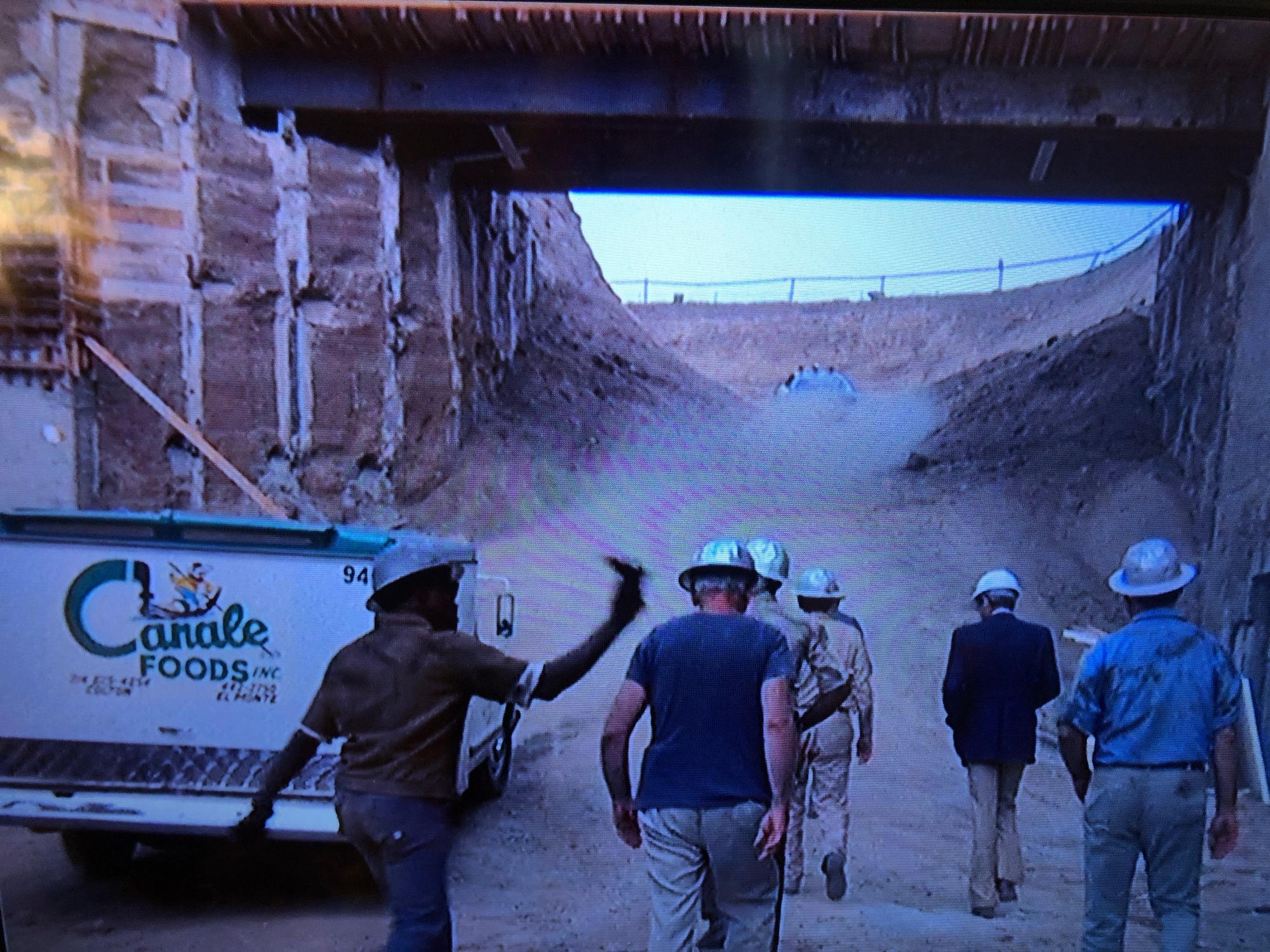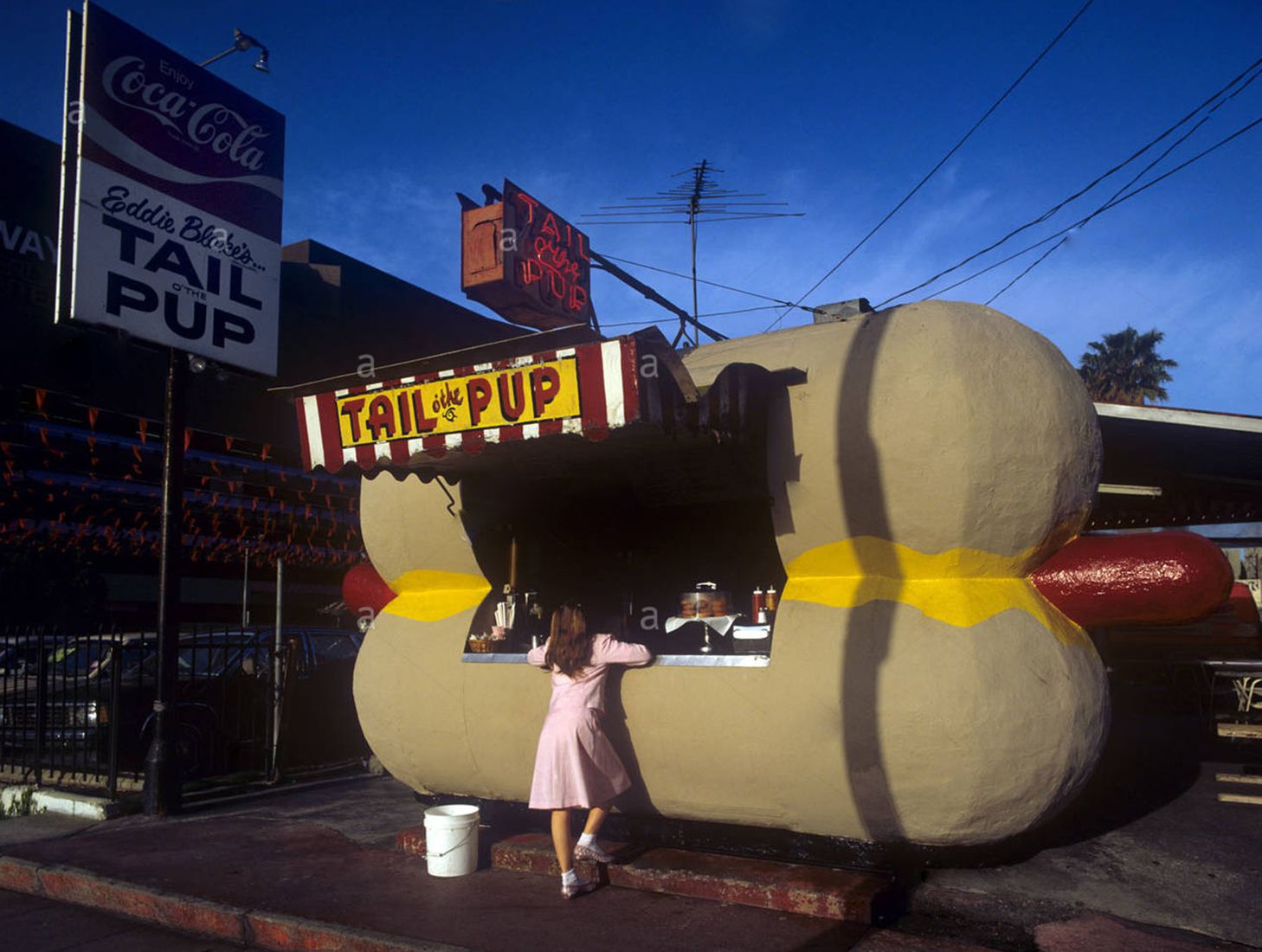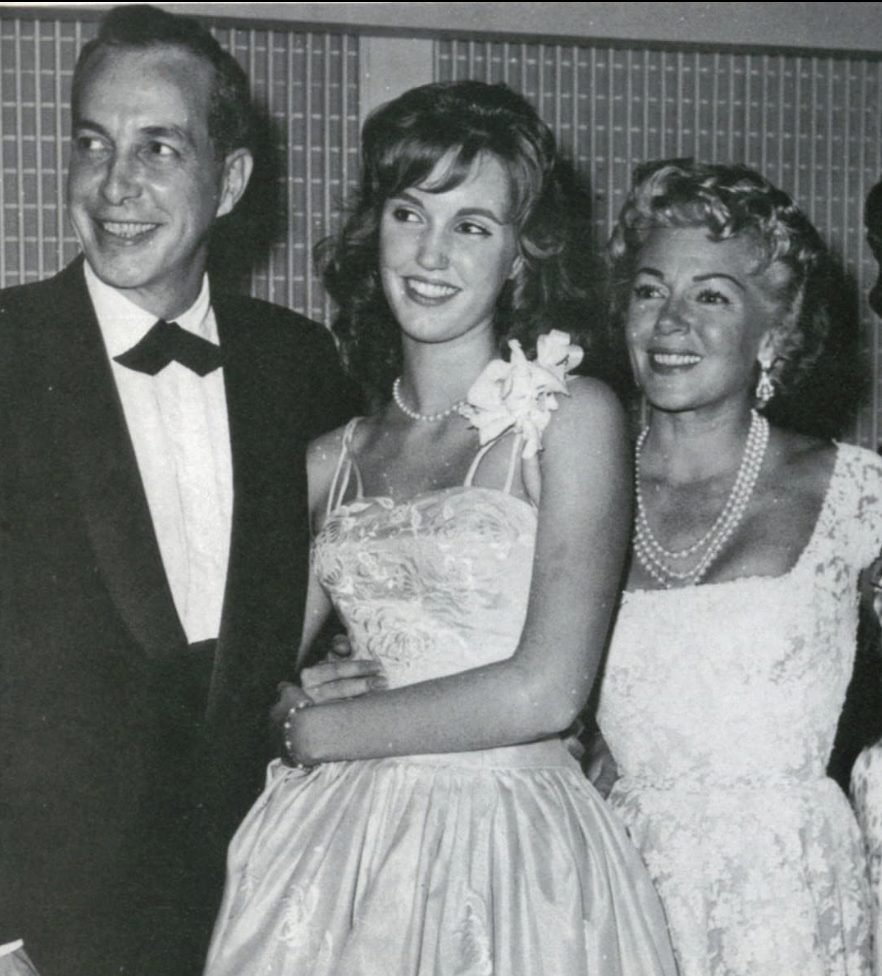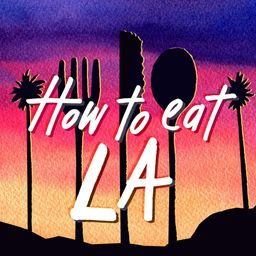No Ding-A-Lings in L.A.
I am aghast to find that the Ding-A-Ling ice cream trucks depicted in season two, episode three of "Columbo" were not real.
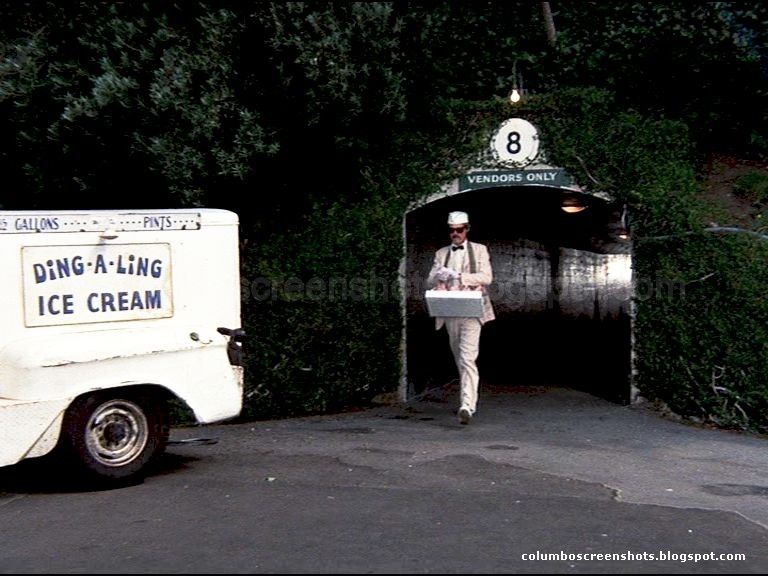
I am aghast to find that the Ding-A-Ling ice cream trucks depicted in season two, episode three of "Columbo" were not real. There is a fleet known as Mr. Ding-A-Ling in New York and New England, but that's as close to reality as we're getting with this food vendor depiction.
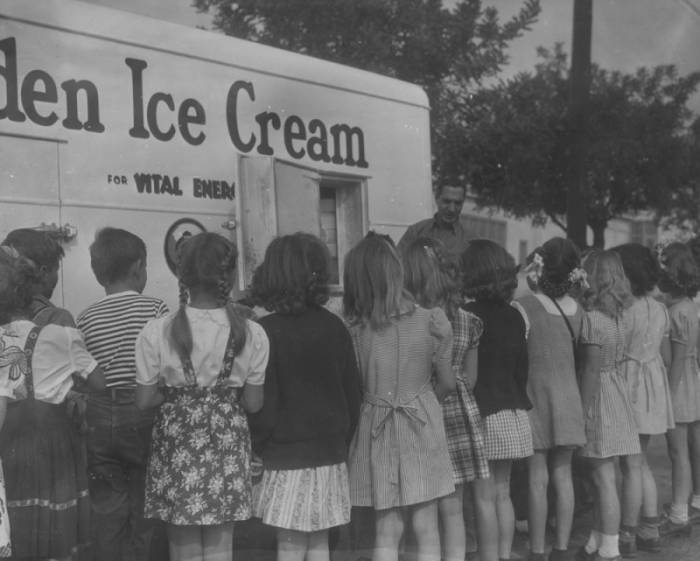
Los Angeles doesn't seem to have ever been much of an ice cream truck city. Looking through archival photos, it appears there were just a couple branded options, namely Arden and Globe — but I am fairly certain the Globe trucks were actually delivery trucks. I think Arden had a delivery vehicles and retail ice cream trucks.
Arden was the milk supplier to Los Angeles City School District, a precursor to LAUSD. That seems like a fantastic way to get your brand in front of your target audience.
I grew up in Seattle, and summer wouldn't have been nearly as special without the Joe's ice cream Jeeps. Ice cream trucks were a big deal in the Midwest and Northeast, too; my theory is that cities that don't need to mark the occasion of good weather simply don't care that much about ice cream trucks.
There is an ostensible ice cream truck that's been lurking around my neighborhood the past few weeks. I can hear the music every evening ... but there are not a lot of children living in the area, so I'm peeking out the window like a paranoid old crone, wondering what they're up to out there. But generally L.A. takes a more low-key approach to mobile frozen novelty sellers: this is a city of paleta carts.
The fake Ding-A-Ling company did represent the industry accurately, however. Because the dairy industry kept making people sick around the turn of the last century, ice cream trucks, which were invented in Ohio in 1920, were painted white, and drivers wore all-white outfits, in order to telegraph cleanliness. Certainly none of those employees looked as good in their uniforms as Robert Culp, though.
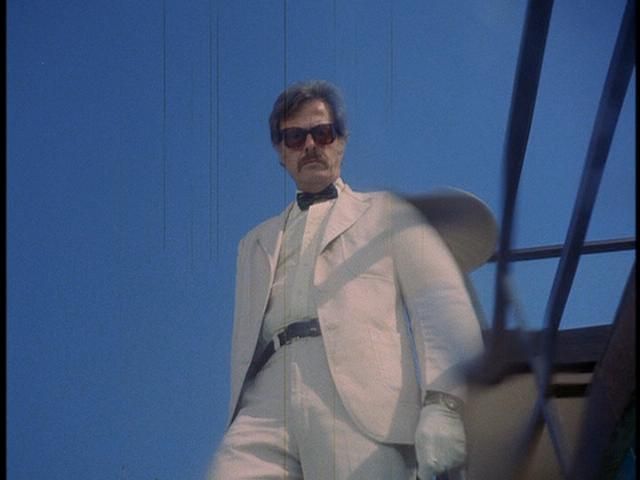
More "Columbo"-inspired histories:
